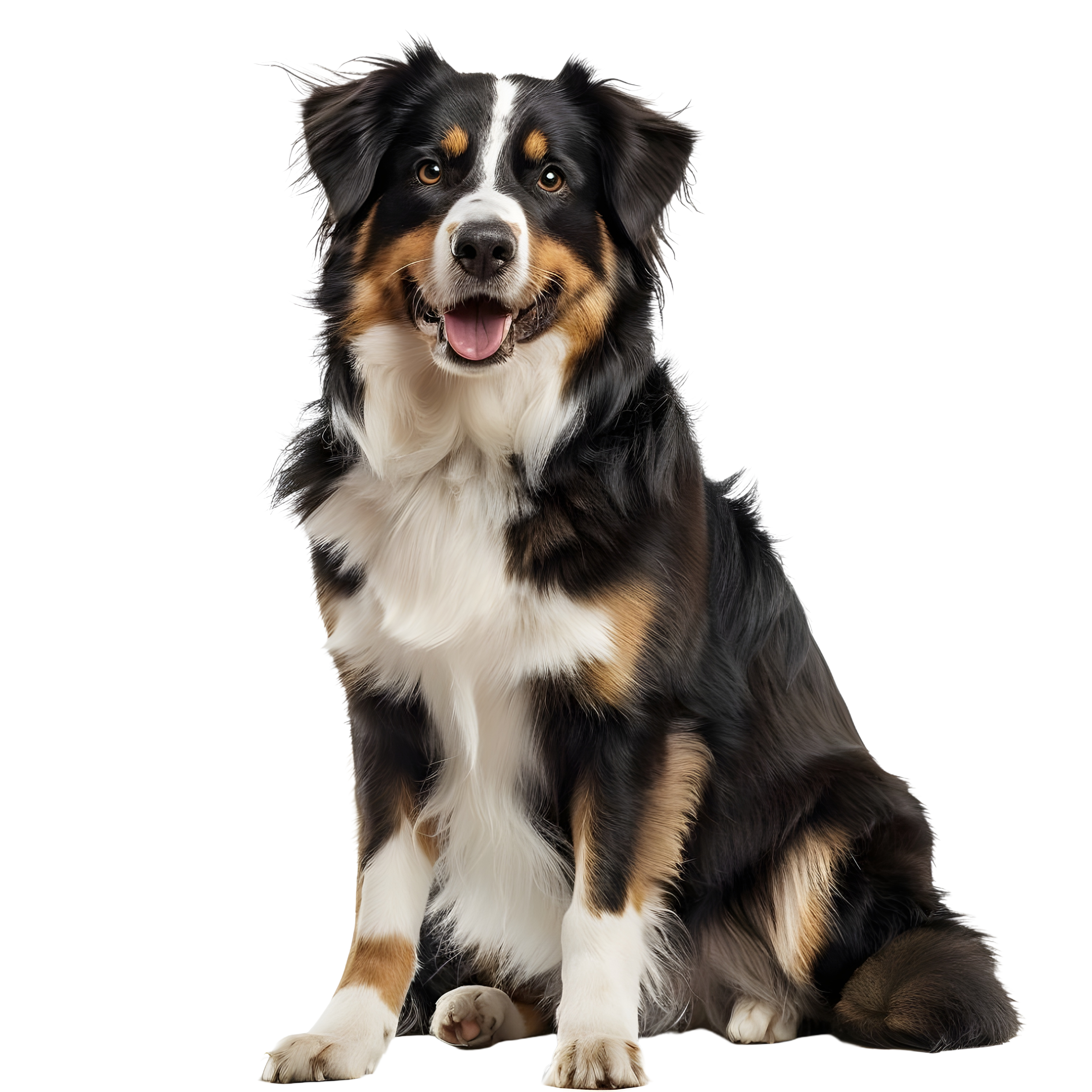
The Sleek and Loyal Doberman Pinscher: A Breed Guide
Doberman pinchers are working breed of dog that can often be misunderstood. They have a reputation as aggressive guard dogs, which their powerful build and elegant features seem to confirm. But, there is more to a Doberman than meets the eye. Get to know the pup behind the muscles.

A Longstanding History of Loyalty
There is some truth to the Doberman’s reputation as a guard dog. The breed originated in Germany, where it was developed by Karl Friedrich Dobermann in the 1800s. Dobermann himself worked as a night watchman. Following his death, the breed was named in his honor, according to the Doberman Pinscher Club of America.
Over the course of its history, the Doberman has served as a loyal guard dog, and it has been put to work by the military and police, according to The Spruce Pets. Doberman even served in World War II through a U.S. Marine Corps program, according to the American Kennel Club (AKC).

Physical Appearance
Doberman pinschers are one of those breeds that look effortlessly elegant. Tall and muscled, female Dobermans can weigh up to 90 pounds while males can weigh up to 100. Their sleek, smooth coats have a burnished appearance, coming in colors like black and red. Rust-colored markings on the ears, face, chest, and paws are common.
Breed standards call for Doberman pinchers to have docked tails and cropped ears, but this trend is up for debate. Typically performed by breeders when the dogs are still very small, tail docking involves removing a portion of the tail. Ear cropping involves cutting the dogs’ naturally floppy ears and then taping them so they retain a pointed appearance. Some owners like this appearance, while others argue that docking and ear cropping is purely aesthetic and unnecessary.
If you are interested in getting a Doberman as a puppy, you can talk to a breeder about your preferences. If you are adopting an older dog, the choice will already have been made.

Fierce or Friendly?
While protective and loyal, Doberman are typically sweet by nature with a bit of a goofy streak. Once you fall in love with the breed, you might find yourself using the nickname “Dobie” instead of the full, and far more serious, breed name. Dobies are so gentle they have even been put to work as therapy dogs.
While affectionate and attached to their humans, dogs of this breed need an outlet for their physicality. Daily off-leash running is essential. Dobies also love accompanying their owners on long walks or hikes.

A Doberman at Home
Dobermans have a life expectancy of 10 to 12 years, according to the AKC. The breed can learn to get along with children. Make sure your kids know how to behave around a dog and supervise any interactions, especially when your kids are smaller. Dobermans require a pretty low-maintenance grooming routine: some brushing to keep shedding to a minimum and the basics like nail trimming, tooth brushing, and ear cleaning.
Illinois Doberman Rescue offers the opportunity to foster or adopt the beautiful dogs of this breed. You also have the option of finding a trustworthy and responsible breeder.
Written by Carrie Pallardy
Sources:

